#Ocypode quadrata
Text


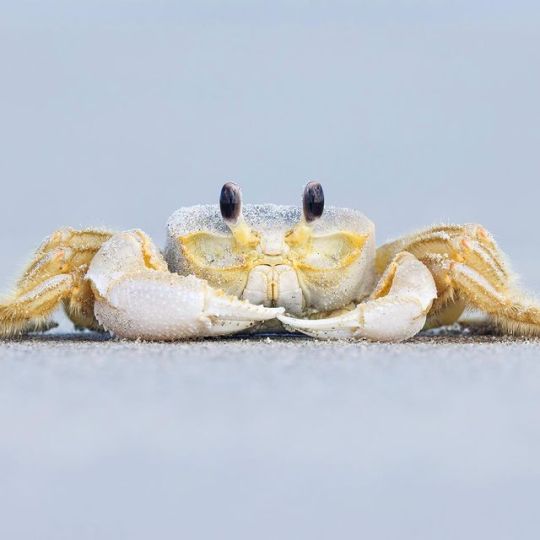
Atlantic Ghost Crab
#atlantic ghost crab#crab#Ocypode quadrata#Malacostraca#Decapoda#Pleocyemata#Brachyura#Ocypodidae#Ocypode#upl
245 notes
·
View notes
Text
Atlantic Ghost Crab, [The Cannibal]
[Ocypode Quadrata]
Ready to learn about the Hannibal Lecter of crustacean family? Hop on board!

Starter : The Atlantic ghost crab, Ocypode quadrata, is a species of ghost crab. It is a common species along the Atlantic coast of the United States, where it is the only species of ghost crab.
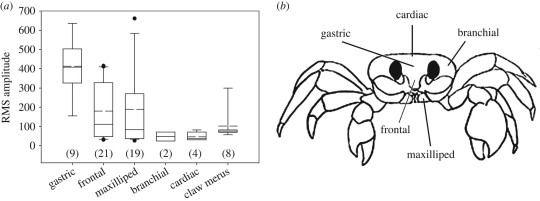
Some fun facts about this good spooky fella!
A 2023 study using the well known mirror test found that these crabs seem to be capable of recognizing themselves in a mirror. They are self-aware.
The atlantic ghost crabs must return to water periodically to moisten their gills, and when larvae must be released into the sea, but they are otherwise terrestrial.
Their stalked compound eyes can swivel to give them 360° vision.

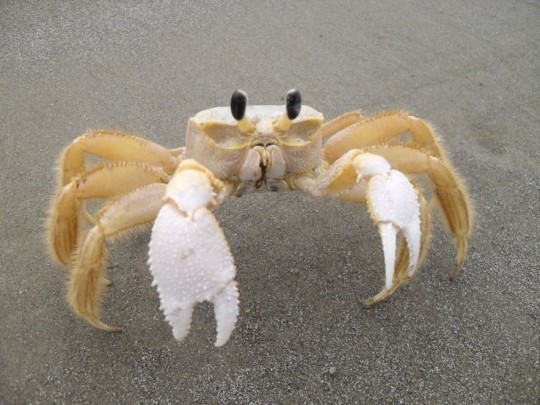

Fun Fact! Ghost crabs are arguably the fastest terrestrial invertebrates, capable of running at more than a meter per second.
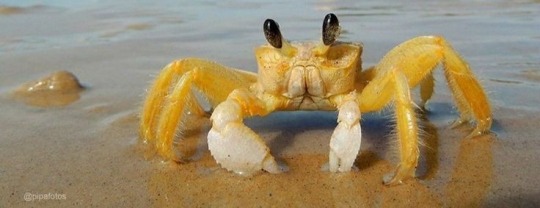
The Atlantic ghost crab lives in burrows (like fiddle crabs!) in sand above the strandline.
These burrows can be up to 1.3 m (4'3) deep, and can be closed off with sand during hot periods.
Young crabs are cryptically colored to blend in with their sandy habitats. This way predators are less likely to see them.
Ghostie mate can produce a variety of sounds by striking the ground with the claw, by stridulation with the legs, and an incompletely explained "bubbling sound"

O. quadrata is more active at night than in the day, and is an omnivore, eating clams, mole crabs, insects, plant material, detritus, and even other crabs. They also feed on the eggs and hatchlings of sea turtles.
CANNIBALISM!? Traitors shall walk the plank!
Ghost crabs are both predators and scavengers, and they feed at night. Their prey can be influenced by the type of beach they live on.
These fuckers arr' also mostly carnivores. They got taste, don't they?


Pic by Eugene Bobylev | [Credits] | [Credits]
#crab#tumblr crabs#crabs#crustacean#decapod#decapoda#crab day#marine biology#fishblr#fiddler crab#sea life#ocean life#biology#adhd brain#hyperfixation#captain kuppa
123 notes
·
View notes
Text

Atlantic Ghost Crab (Ocypode quadrata), family Ocypodidae, St. George Island State Park, Eastpoint, FL, USA
photograph by IG: robin.francis.5
141 notes
·
View notes
Photo
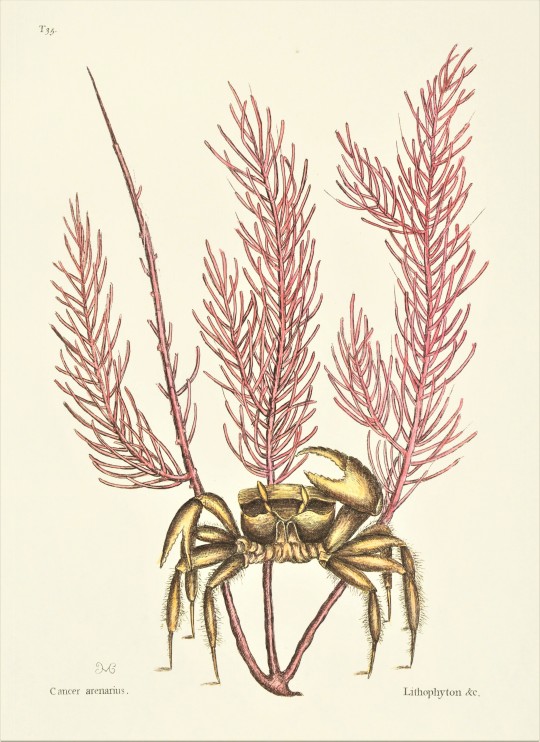
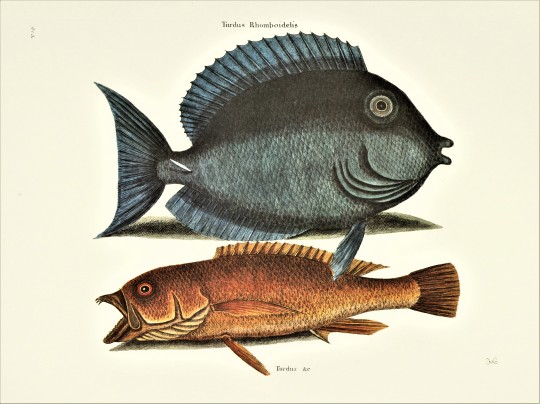



A Sea-Creature Science Saturday
We have featured quite a range of English Naturalist Mark Catesby’s avian specimens, but today we turn toward the sea. To be sure, both species of crabs shown above are terrestrial, but their lives begin in the ocean and they spend their lives Atlantic-adjacent, so we think it’s an acceptable grouping!
These plates come from our folio-sized facsimile of English Naturalist Mark Catesby’s The Natural History of Carolina, Florida, and the Bahama Islands, published in 1974 by Beehive Press of Savannah, Georgia in a limited run of 500 copies. It was designed and printed by The Stinehour Press in Vermont, and the fifty colored plates were printed at Meriden Gravure Company of Connecticut.
The plates above depict, from top to bottom:
Atlantic Ghost Crab (Ocypode quadrata), identified by Catesby as a Sand Crab (Cancer arenarius)
Upper: Atlantic Blue Tang (Acanthurus Coeruleus), called simply “the Tang” and classified Turdus Rhomboidalis by Catesby. Lower: Coney or Butterfish (Cephalopholis fulva), identified as “Yellow Fish” and classed as Turdus cauda convexa by Catesby.
Green Moray (Gymnothorax funebris).
Purple Land Crab (Gecarcinus ruricola), classified Cancer terrestris by Catesby.
Stoplight Parrotfish (Sparisoma viride).
You can read more about Mark Catesby and the making of his Natural History by reading our former intern Sarah’s post on the 1771 edition of The Natural History of Carolina, Florida, and the Bahama Islands.
More Catesby posts can be found here.
And find more Science Saturday posts here.
-Olivia, Special Collections Graduate Intern
#Science Saturday#Mark Catesby#The Natural History of Carolina Florida and the Bahama Islands#Natural History#Scientific Illustration#Etchings#The Beehive Press#Stinehour Press#Meriden Gravure Company#Ghost Crab#Blue Tang#Coney#Green Moray#Land Crab#Stoplight Parrotfish#olivia#facsimiles
73 notes
·
View notes
Text
Invertober continues!

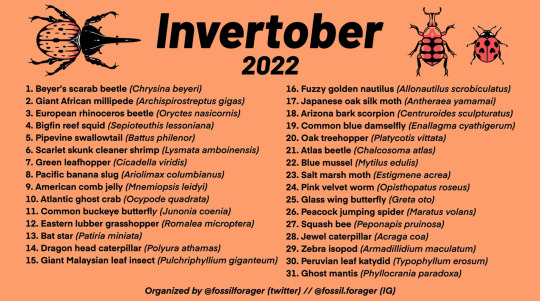
IMAGE TEXT:
Invertober 2022 Prompt List:
1. Beyer’s scarab beetle (Chrysina beyeri)
2. Giant African millipede (Archispirostreptus gigas)
3. European rhinoceros beetle (Oryctes nasicornis)
4. Bigfin reef squid (Sepioteuthis lessoniana)
5. Pipevine swallowtail (Battus philenor)
6. Scarlet skunk cleaner shrimp (Lysmata amboinensis)
7. Green leafhopper (Cicadella viridis)
8. Pacific banana slug (Ariolimax columbianus)
9. American comb jelly (Mnemiopsis leidyi)
10. Atlantic ghost crab (Ocypode quadrata)
11. Common buckeye butterfly (Junonia coenia)
12. Eastern lubber grasshopper (Romalea microptera)
13. Bat star (Patiria miniata)
14. Dragon head caterpillar (Polyura athamas)
15. Giant Malaysian leaf insect (Pulchriphyllium giganteum)
16. Fuzzy golden nautilus (Allonautilus scrobiculatus)
17. Japanese oak silk moth (Antheraea yamamai)
18. Arizona bark scorpion (Centruroides sculpturatus)
19. Common blue damselfly (Enallagma cyathigerum)
20. Oak treehopper (Platycotis vittata)
21. Atlas beetle (Chalcosoma atlas)
22. Blue mussel (Mytilus edulis)
23. Salt marsh moth (Estigmene acrea)
24. Pink velvet worm (Opisthopatus roseus)
25. Glass wing butterfly (Greta oto)
26. Peacock jumping spider (Maratus volans)
27. Squash bee (Peponapis pruinosa)
28. Jewel caterpillar (Acraga coa)
29. Zebra isopod (Armadillidium maculatum)
30. Peruvian leaf katydid (Typophyllum erosum)
31. Ghost mantis (Phyllocrania paradoxa)
47 notes
·
View notes
Text

100 Days of Sea Creatures Day 76 - Ghost Crab (Ocypode quadrata)
#artists on tumblr#artists on instagram#drawing challenge#sea creature art#drawing daily#sea creatures#crabs#crab art#ghost crab
1 note
·
View note
Text
Native Fish Hunting - Interlude!

So last week, the wife, parents and I took a family trip down to Florida. We like to head down to the Gulf coast about once a year; this time we went to Sanibel Island. Love it there - lots of shells and native life to see. Though we did see some neat Iguanas, Birds, and a handful of alligators, I’m focusing on the freshwater and brackish life! I have a handful of pictures to post, so hope you’ll enjoy over the next few days.

We stopped first in Tampa to go to the Dali Museum, but hey who can resist checking out the beach? Though I saw lots of fish I couldn’t get photos of (I believe Needlefish and Grunts) there was lots of neat flotsam and jetsam washed up. First was this little dude I recognize from back home - it’s Sea Lettuce (Ulva spp)! It’s a brackish tolerant algae (from about 1.011 to 1.025) that I also recently learned is also edible for humans. It can be dried and crushed for use as a salt substitute.
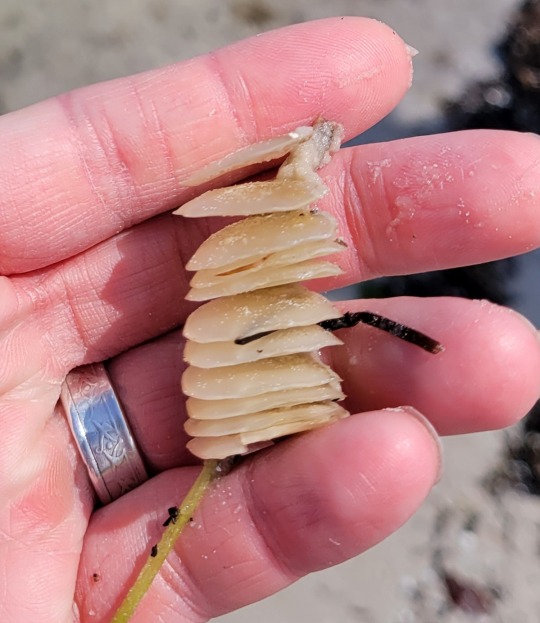
Also washed up are lots of egg cases from various molluscs. These are apparently from an American Crown Conch (Melongena corona); thanks iNaturalist! I just find these things neat.

I’m still trying to figure out what kind of algae this is... I’m fairly (?) certain that this is a Sargassum spp, but I suppose it could be a bleached out Laurencia spp. Either way, I like them.

These little guys are propagules (little baby trees) for the Red Mangrove (Rhizophora mangle) that you find a lot down here. While the adult trees themselves are protected, the propagules are generally fine to take unless you find them in a wildlife sanctuary. You plant the knobby brown ends down and hope the green ends sprout leaves. I took a dozen back on a previous trip as an experiment - not super hard to get started but I don’t recommend them as aquarium plants.

Skate eggs! I have a jar of them on the shelf from different locations and presumably different species - folks on iNaturalist think it might be a Clearnose Skate (Raja eglanteria) but heck if I know.

Lots of sponges washed up on the shore - I found a few that were bright orange and others that were this neato purple color. I’m not going to even guess about species here - I wouldn’t even know where to start - but I love them all the same.

Funny story, looking for shells (and keeping an eye out for stingrays), my wife had to shout and alert me to the crab I was about to step on. I thankfully didn’t. This guy is an Atlantic Ghost Crab (Ocypode quadrata), a very cool native species. Their closest relatives are the Fiddler Crabs you may see in aquarium stores - we have a few species local to VA.

A Lace Murex Shell (Chicoreus dilectus) I found! Apparently a rare shell in the area. I don’t know anything specific about them, I just wanted to share :)
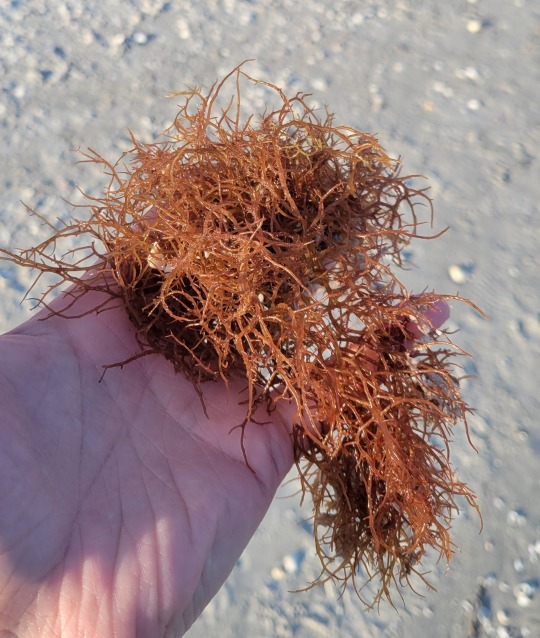
Pretty sure this is a Laurencia spp red algae. They do kind of look like a red version of Chaetomorpha or Gracilaria. I do wonder how well they would do in a brackish aquarium... but a brackish aquarium needing strong lights would be a rare sight.
22 notes
·
View notes
Text
Weird Crab Sunday
🦀🎣🦞
Atlantic Ghost Crab
📷 https://fineartamerica.com/featured/2-atlantic-ghost-crab-ocypode-quadrata-millard-h-sharp.html
The wide-eyed Atlantic ghost crab lives on sandy beaches from Brazil up to Rhode Island. This crab's off-white color allows it to blend in with ease among the sand.
The Atlantic ghost crab is also impressively fast and perceptive of observers, making it difficult to spot up-close.
The best way to see an Atlantic ghost crab is to look for its tiny crab footprints in the sand, which lead to the crab's underground burrow. Or, if you stop by the beach at night, you're likely to see some Atlantic ghost crabs searching for snacks.
Attribution: https://www.treehugger.com/types-of-crabs-5112442
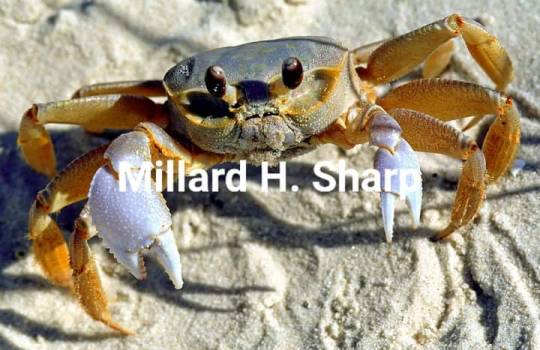
1 note
·
View note
Photo
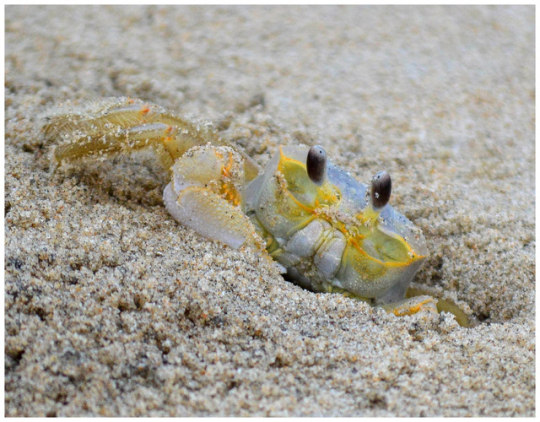
One more ghostie.
Atlantic ghost crab (Ocypode quadrata) at Sandbridge, Virginia Beach, Virginia.
79 notes
·
View notes
Text

Atlantic ghost crab | Ocypode quadrata
Photo credit: 🎃
152 notes
·
View notes
Text
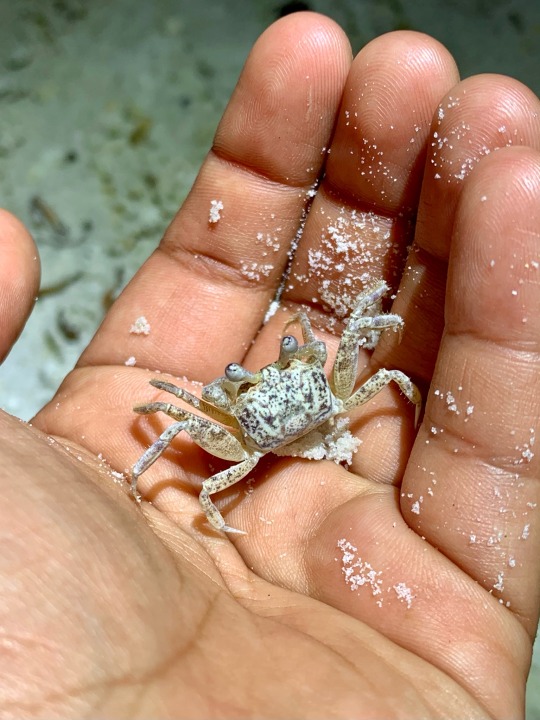
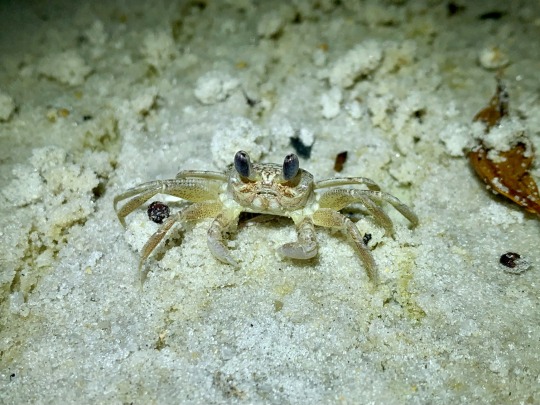
Atlantic Ghost Crab (Ocypode quadrata)

Squareback Marsh Crab (Armases cinereum)
Key Largo, Florida. Summer 2021
4 notes
·
View notes
Photo
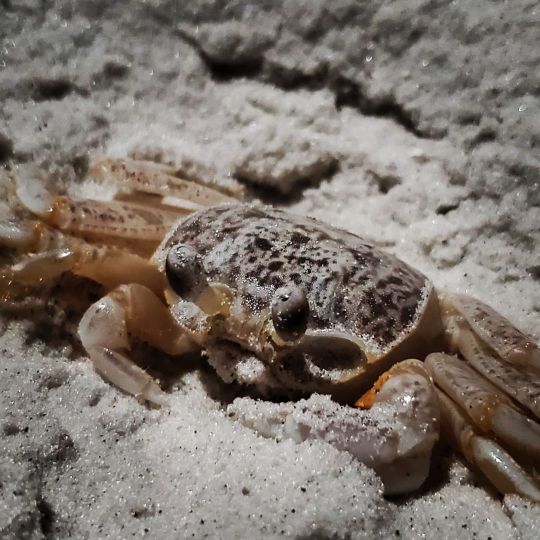
This species is Ocypode quadrata, also commonly known as the Atlantic Ghost Crab, and though it is the most common crab on the Atlantic Coast Line it is becoming more and more of an uncommon sight. These guys are nocturnal so you can find these quick scuttling guys typically at night passed 8:00 (how they tell time I haven't a clue), but they do occasionally make daytime appearances. They come out of their sandy burrows almost nightly to return to the ocean to moisten their gills and nibble some food. They are omnivores and detritivores meaning they eat pretty much anything even if it is decaying matter. Unfortunately, their populations have decreased directly due to human encroachment. They are severely impacted on heavily frequented beaches because they are usually either trampled to death by either humans or vehicles. Our presence being even close to them causes a decline in their habitat suitability by throwing off their reproduction cycle, food supply, compressing sand which they make their burrows, and light pollution. -Damon Like and follow us for more! #crab #crabs #ghostcrab #beach #wildlife #wildlifephotography #fauna #outdoorsphotography #animalsofinstagram #animallover #animals #animal #animalphotography #nature #naturelover #naturelovers #outdoors #outdoorphotography #naturephotography (at Clearwater Beach) https://www.instagram.com/p/CUzsfASFvSC/?utm_medium=tumblr
#crab#crabs#ghostcrab#beach#wildlife#wildlifephotography#fauna#outdoorsphotography#animalsofinstagram#animallover#animals#animal#animalphotography#nature#naturelover#naturelovers#outdoors#outdoorphotography#naturephotography
4 notes
·
View notes
Photo
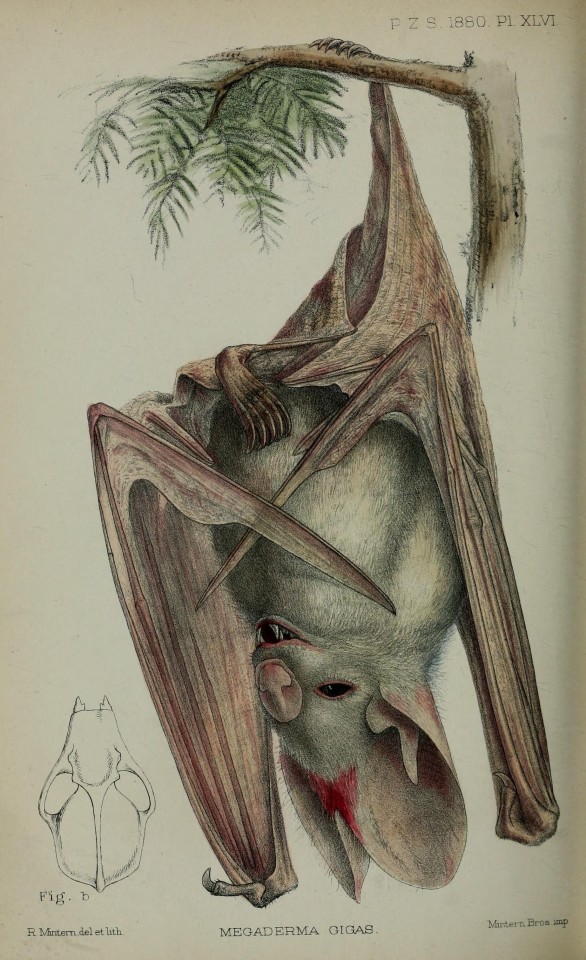
Happy Halloween!
Check out these "ghosts" found in Biodiversity Heritage Library!
Ghost bats (Macroderma gigas) live in Australia. SciArt by R. Mintern from the Proceedings of the Zoological Society of London (1880), digitized by the Natural History Museum, London Library and Archives.

Labyrinth ghost moths (Abantiades labyrinthicus) also live in Australia. SciArt by Helena Scott for Australian Lepidoptera and their Transformations, Drawn from the Life, Vol. 1 (1864), digitized by the Australian Museum.

Atlantic ghost crabs (Ocypode quadrata) live along the Atlantic coast of the United States. SciArt by Mark Catesby for his Natural History of Carolina, Florida and the Bahama Islands, Vol. 2 Ed. 2 (1754), digitized by the Peter Raven Library of the Missouri Botanical Garden.
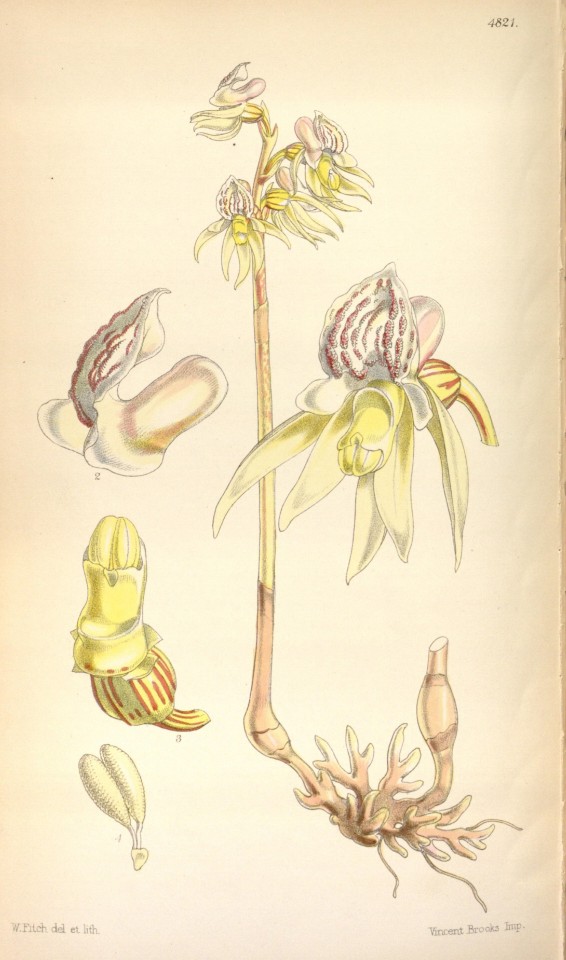
Ghost orchids (Epipogium aphyllum) lack chlorophyll, grow in dimly lit areas, and rarely appear. SciArt by Walter Hood Fitch for Curtis's Botanical Magazine, Vol. 80 (1854), digitized by the Peter Raven Library of the Missouri Botanical Garden.
Enjoy more #PageFrights in the Flickr gallery of Biodiversity Heritage Library!
48 notes
·
View notes
Photo

Atlantic Ghost Crab
Ocypode quadrata
59 notes
·
View notes
Text
Invertober Invertober Invertober

Today's drawing is Sepioteuthis lessoniana, a giant squid. I had a lot of fun working on the eye. I think I might break out the real paints for some of these. I'm looking forward to each day!
Join all the people drawing invertebrates this October. Draw 'em all... or just draw one or two. I'm so happy to see so many people participating.
HOWEVER
I would also like to ask you to join me in my PRO ANT protest movement. There were NO ANTS on the original list. Not one! It's an injustice to ant-kind. I nearly cried.
So, on the days with butterflies and moths, join me in drawing ants instead (or flies, they also got shafted) -- the world could not exist without ants. Here is the list:

IMAGE TEXT:
Invertober 2022 Prompt List:
1.beetle (Chrysina beyeri)
2. millipede (Archispirostreptus gigas)
3. beetle (Oryctes nasicornis)
4. squid (Sepioteuthis lessoniana)
5. swallowtail (Battus philenor) ANT DAY Dynomyrmex gigas
6. shrimp (Lysmata amboinensis)
7. leafhopper (Cicadella viridis)
8. slug (Ariolimax columbianus)
9. jelly (Mnemiopsis leidyi)
10. crab (Ocypode quadrata)
11. butterfly (Junonia coenia) ANT DAY Cephalotes sp. group
12. grasshopper (Romalea microptera)
13. star (Patiria miniata)
14. caterpillar (Polyura athamas) ANT DAY Eciton burchellii and Eciton hamatum
15. leaf insect (Pulchriphyllium giganteum)
16. nautilus (Allonautilus scrobiculatus)
17. silk moth (Antheraea yamamai) ANT DAY Plagiolepis alluaudi
18. scorpion (Centruroides sculpturatus)
19. damselfly (Enallagma cyathigerum)
20. treehopper (Platycotis vittata)
21. beetle (Chalcosoma atlas)
22. mussel (Mytilus edulis)
23. moth (Estigmene acrea) ANT DAY Polyrhachis dives
24. velvet worm (Opisthopatus roseus)
25. butterfly (Greta oto) ANT DAY Oecophylla longinoda
26. spider (Maratus volans)
27. bee (Peponapis pruinosa)
28. caterpillar (Acraga coa) ANT DAY Myrmecia gulosa
29. isopod (Armadillidium maculatum)
30. katydid (Typophyllum erosum)
31. mantis (Phyllocrania paradoxa)
#invertober#ants#antposting#myrmecology#insects#invertebrates#antkeeping#ant#bugs#inverts#antblr#invertober2022#invertebrate#squid#giant squid#art#drawing#drawing ants#illustration
5 notes
·
View notes
Photo

Atlantic Ghost Crab
Ocypode quadrata
Source: Here
311 notes
·
View notes